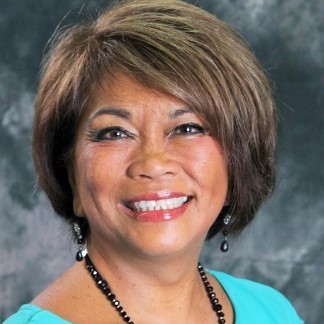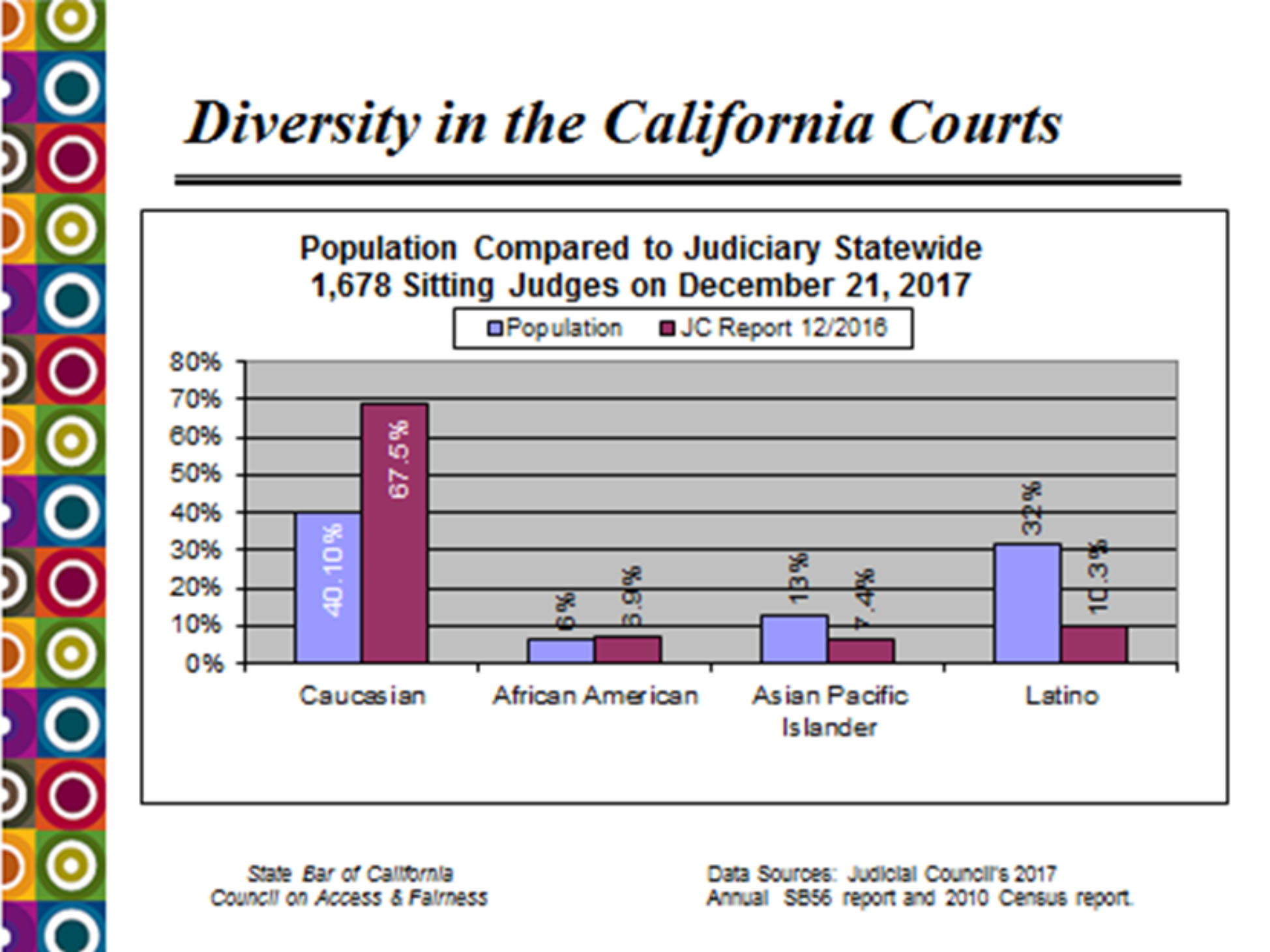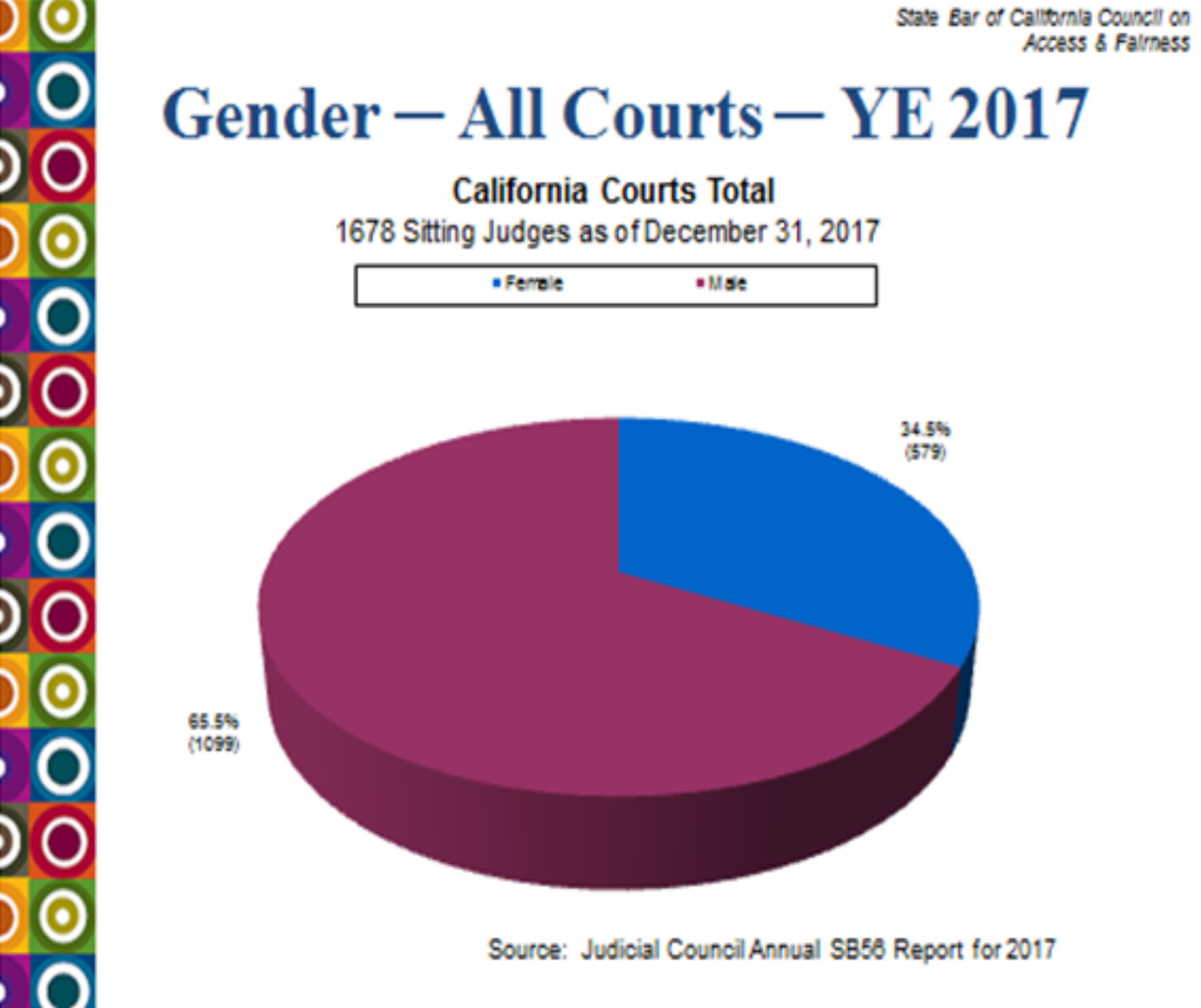Does a diverse bench really matter?

Ruthe Ashley
It has been said that justice is blind, and for the legal profession, that is the hope and the ideal that we believe in. Unfortunately, in reality “justice” has many factors that influence outcomes, and the lack of diversity on the bench can lead to unjust results.
Many studies have concluded that being “of color” in the criminal justice system in many instances may lead to increased arrests, higher penalties and more incarceration. “Driving while black” is a reality that one cannot understand unless one lives with it daily.
As a woman lawyer of color, the work of diversity and inclusion in the legal profession has been a passion and mission ever since I received my ticket to practice. In law school, reading the Korematsu case and Brown v. Board of Education instilled in me the responsibility that I had to change the perception of minorities and women, as well as challenge the stereotypes and discrimination that permeate our society.
In California, one of those challenges was a bench that struggled with diversity in its judges. In 2005, when the State Bar of California created the Diversity Pipeline Task Force, our judiciary committee was tasked with finding any program in California or nationally focused on diversity on the bench. I was shocked when our chair could find none. So, in 2006, we organized the first Summit on Diversity in the Judiciary to set a foundation and benchmarks for future work. We’ve held follow-up summits every five years since then. The needle has moved, especially with a chief justice—Tani Cantil-Sakauye—who is Asian/Pacific-American and committed to diversity and inclusion. But there is still a long way to go.

All of this begs the larger question: Does a diverse bench really matter? I believe the answer is a resounding yes. The rich diversity that exists in California communities requires a justice system that is equally accessible and free of bias. The State Bar of California included diversity in its mission statement as an integral part of its public protection mission to build, retain, and maintain a diverse legal profession to provide quality and culturally sensitive services to an ever-increasing diverse population. Diversity on the bench increases public trust, confidence and the appearance of fairness in the justice system, and it therefore increases access to justice.
Yes, diversity matters. How does California look today? California has a population that is over 60 percent people of color. Yet our bench in 2017 only had 32.5 percent judges of color. There was a slight improvement when it came to gender diversity. While women are at 40.7 percent in state bar membership, and they make up 34.5 percent of the bench in all California courts.

Even with a concentrated effort for a more diverse bench from many stakeholders, the legal profession must become more diverse before the pool of diverse candidates for the bench can increase. In California, the number of lawyers of color hovers between 18 and 20 percent. The rest of the nation has similar or lower numbers.
California’s answer is a “boots on the ground” diversity pipeline known as the California LAW (Leadership-Access-Workforce) Pathway with a mission to diversify the legal profession.
It starts in ninth grade as students at 22 high school law academies take three years of law courses. Upon high school graduation, they must take seven required law pathway courses, which are available at 27 community colleges, in order to become a California LAW scholar. Upon graduation from community college, our LAW scholars can choose to attend one of our eight undergraduate and law school partners which include four University of California schools (Berkeley, Davis, Irvine and UCLA) and four private schools (University of Southern California, Loyola Marymount University, Santa Clara University and the University of San Francisco). Our first high school and college graduates entered law school in the fall of 2018. Of the students that enter this pathway and up to 80 percent are students of color. Currently, around 3,000 students are in our law pathway, and 705 are enrolled with our community college partners.

This is California’s investment in a legal profession that reflects the rich diversity of our state. Trust in our justice system depends on a more diverse bench and bar.
Ruthe Catolico Ashley is the executive director emeritus of California LAW, a diversity educational pipeline that starts in ninth grade and ends in law school. She is known for her commitment to diversity in the legal profession through her leadership at the State Bar of California and at the American Bar Association.




